Happy Latinx Heritage Month! September 15-October 15 is federally recognized as National Hispanic Heritage Month in the United States. While every month is worth examining the colonialist histories, commemorating the cultures, and recognizing the contributions of individuals with heritage from North, Central, and South America, we at Sirens would like to take a moment to feature the extraordinary speculative work of fifty of these individuals.
In taking this moment, we would also like to acknowledge the complexity of the terms “Latinx” and the even less perfect “Hispanic.” Both are words rooted in European imperialism and its subsequent violent transgressions against Black and indigenous bodies, and these terms are still exclusionary. We are committed to interrogating the power structures that have historically pushed light-skinned, Spanish-speaking women to the forefront—those who come to mind when presented with the term “Latina”—as well as uplifting Afro-Latinx and Indigenous voices.
There’s so much more to Latinx speculative work than the incomparable work of Isabel Allende and Laura Esquivel, and we encourage you to ponder our incredible list of fifty speculative works by fifty magnificent Latinx women, nonbinary, and trans authors. Some of these works are written by immigrants or diaspora members a few generations beyond; others are translated into English from Spanish. They follow rich literary lineages of magical realism and fabulism, or remake SFF entirely on their own terms. They look to the past or the future or sit in the complicated present. They skewer colonialism with an incisive point or gently weave in regional myths and folklore. Fifty works of novels, short stories, and poetry—all blazing and all magical.
And if you’re looking to buy these books, check out this list of bookstores owned by Latinx folks, courtesy of Latinx in Publishing!
- Never Look Back by Lilliam Rivera
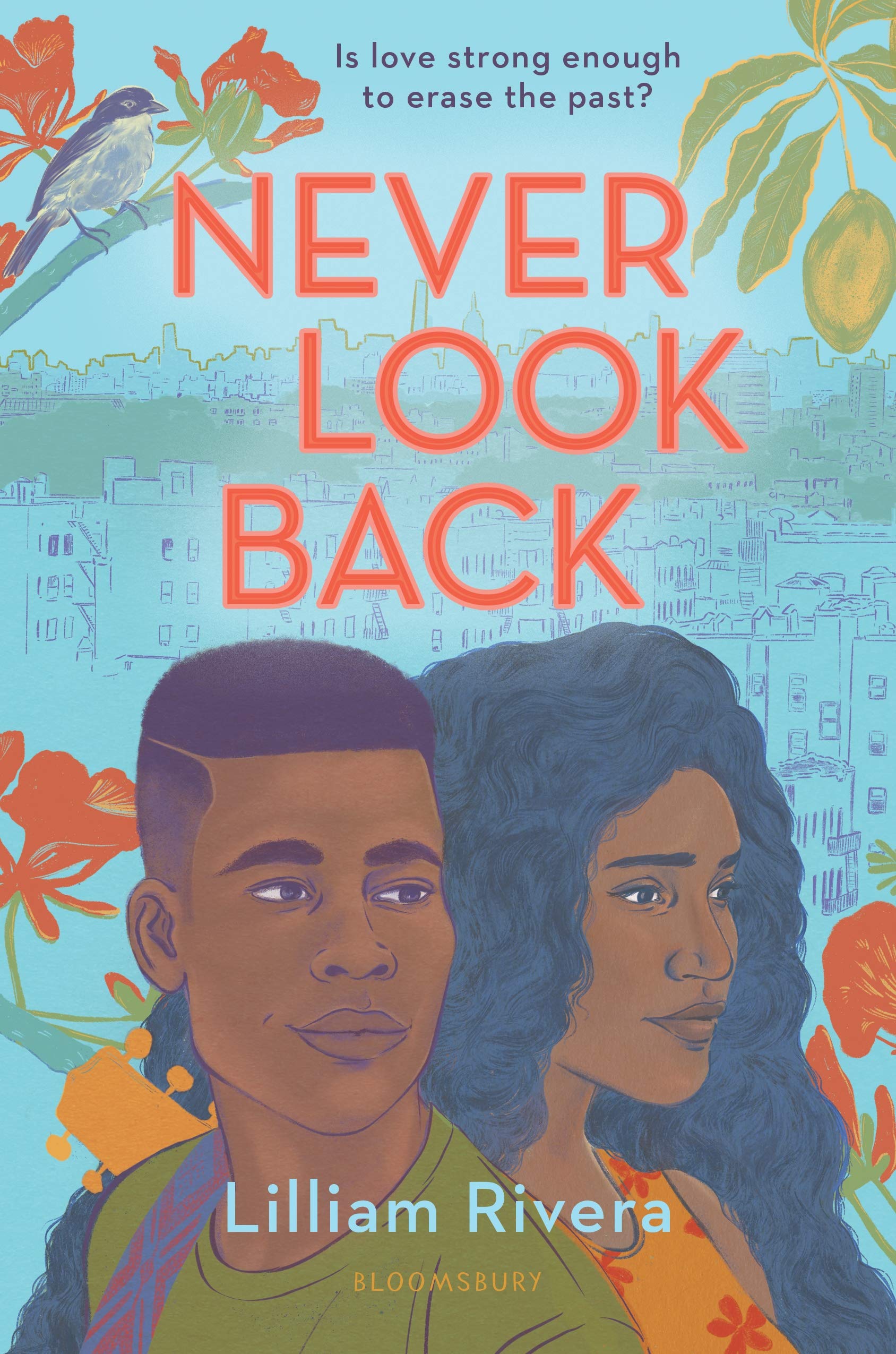

This modern retelling of Orpheus and Eurydice in the Bronx pulses with the bachata rhythm of hazy summer nights. Come for the cute romance, stay for the examination of colonialism, toxic masculinity, mental health, and intertwined mythologies.
- Her Body and Other Parties by Carmen Maria Machado
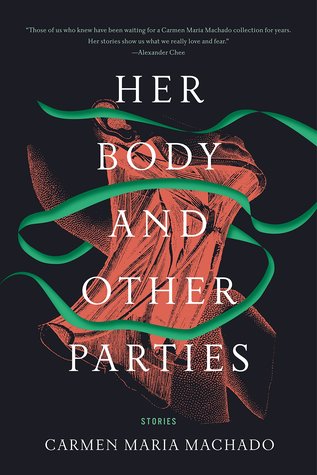

Fuck-you feminist stories about men who can’t leave well enough alone, the exploitation of women by popular culture, what it means to be a hysterical woman, and more. Breathtaking, dazzling, shattering.
- Cemetery Boys by Aiden Thomas
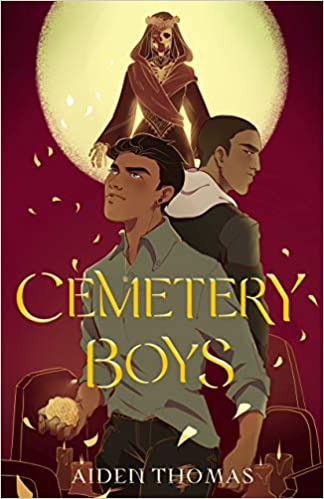

A Latinx trans boy with a traditional family tries to prove he’s a brujo by summoning a ghost. But he summons the wrong boy—and falls for him instead! A cozy, heartfelt book about strength, affirmation, and honoring your truth.
- Heartwood: Non-Binary Tales of Sylvan Fantasy edited by Joamette Gil
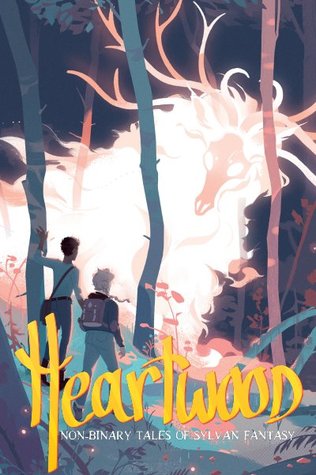

Gil curates a collection of nonbinary creators’ graphic works about finding yourself and your power in that most mystical of places: the wood. Buy this one in hardcover if you can: It has gilded edges!
- Gods of Jade and Shadow by Silvia Moreno-Garcia
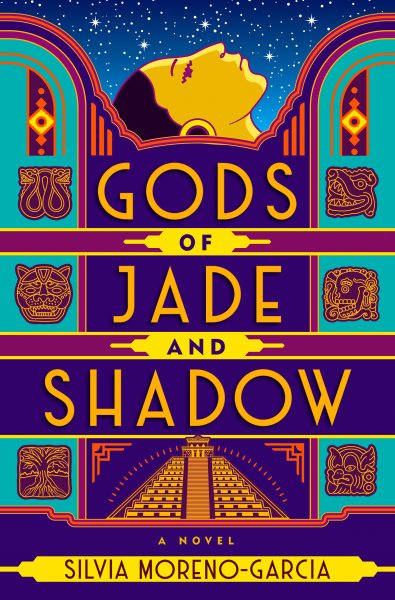

In 1920s Mexico, Casiopea opens a box while cleaning her grandfather’s house and accidentally frees the Mayan god of death. In this swingin’ blend of fantasy and Mexican folklore, she makes a bargain that starts an odyssey.
- Dreaming in Cuban by Cristina García
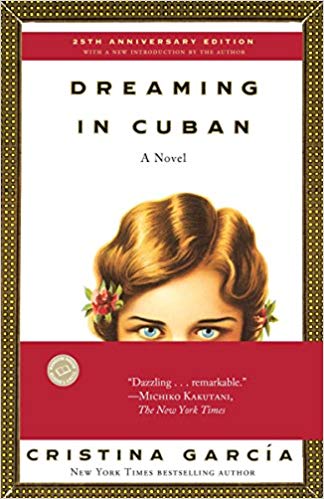

Set against the backdrop of the Cuban revolution, Dreaming in Cuban explores the lives of three generations of Cuban women and their magic. Transcendently beautifully crafted, wrought with magical realism, and full of complex women.
- Dark and Deepest Red by Anna-Marie McLemore
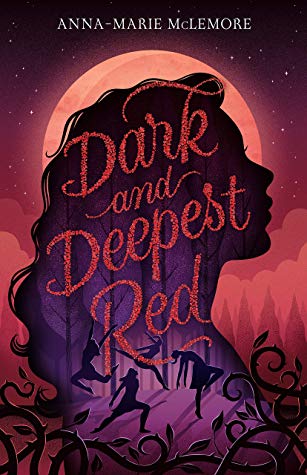

No one writes queer fairytales like McLemore, and this one will swallow you whole with its luscious prose, swoonworthy romance, and inexplicably cursed shoes. You’ll want to sink into this glorious work that spans centuries.
- Nightlights by Lorena Alvarez
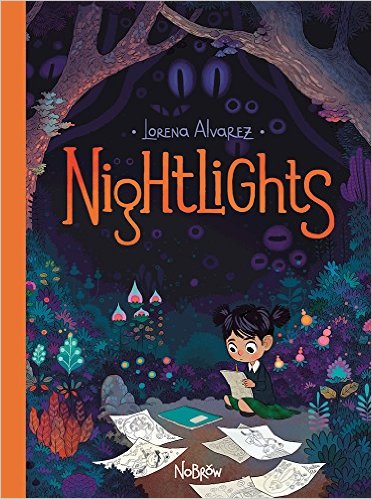

A gorgeously illustrated exploration of fear, bravery and creativity. Sandy is a daydreamer trying to navigate a world of rules and schedules—but a mysterious new girl helps her realize the value of her art and, yes, math.
- The Tiger’s Daughter by K Arsenault Rivera
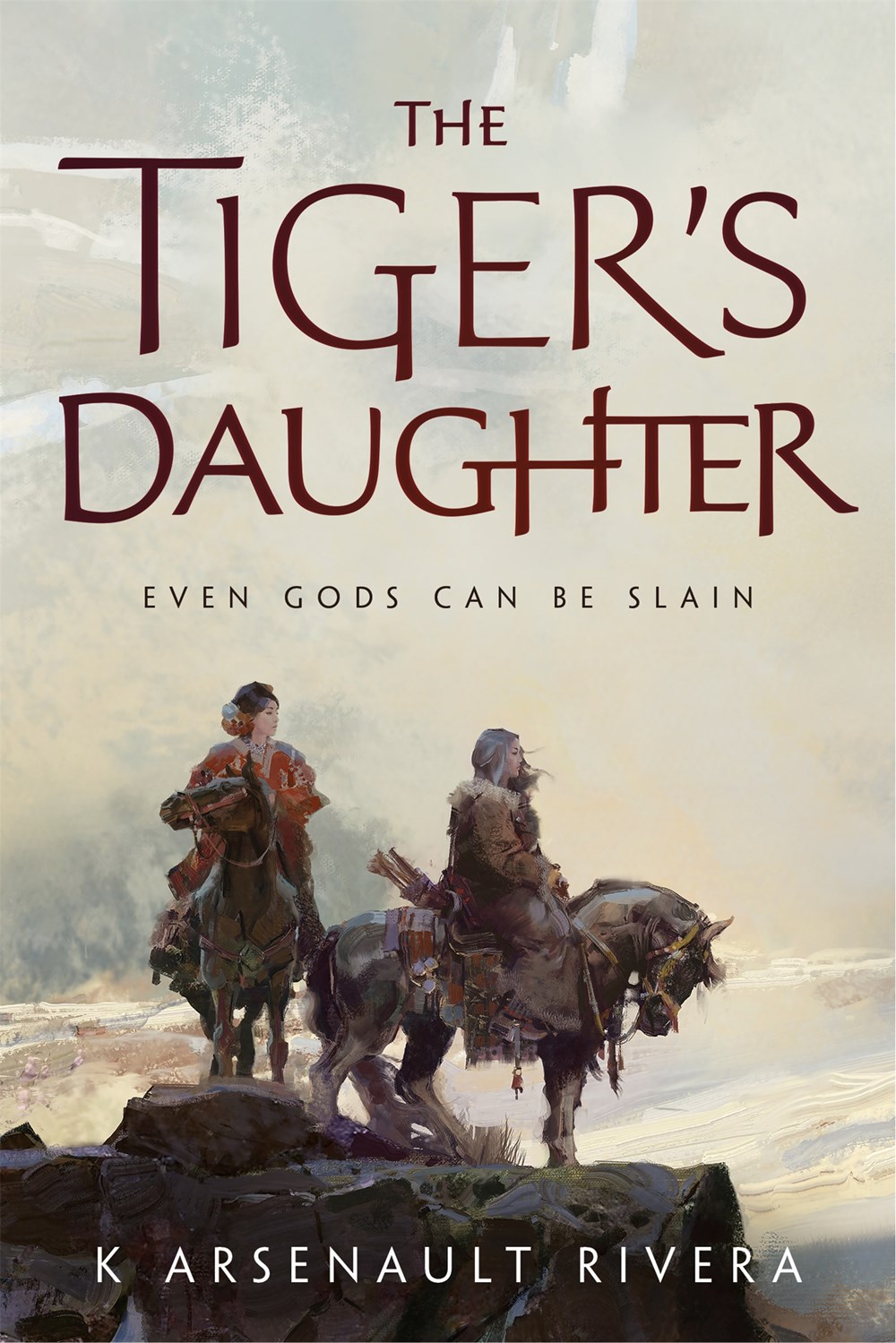

An elegant, lavish epic fantasy about two fierce girls—one a future empress, the other a warlord—and their blazing, unstoppable love for each other, even with so much of an empire against them.
- American Street by Ibi Zoboi
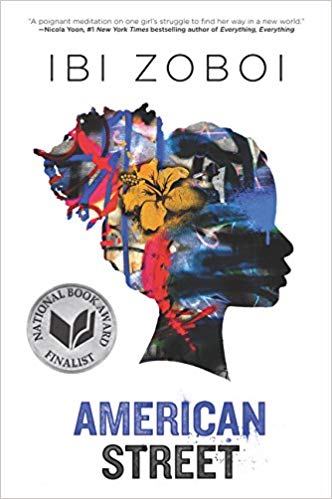

When her mother is detained by immigration, Fabiola continues to Detroit to stay with her raucous cousins. Zoboi’s magical work melds hard, unfamiliar Detroit with Haitian Vodou and Fabiola’s perceptions of America to create something new.
- Love, Sugar, Magic: A Dash of Trouble by Anna Meriano
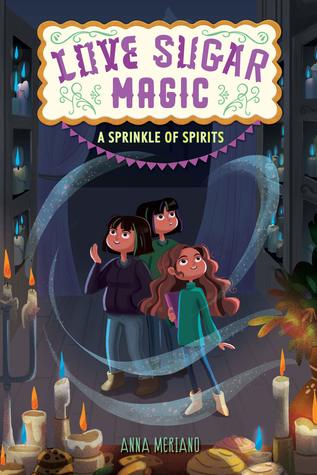

This book gathers you up with scents of cinnamon and cardamom and baking bread and sugary cookies, and then delivers a smart girl-power story about growing up and making mistakes and claiming your place.
- The Murmur of Bees by Sofía Segovia
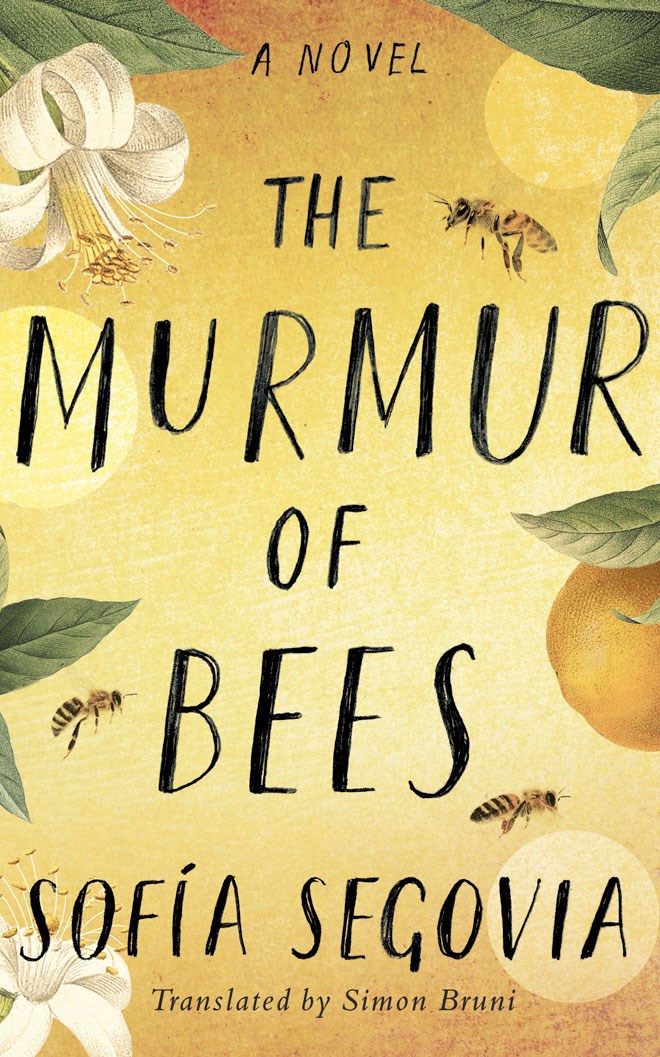

Historical fiction meets magical realism in the first of Segovia’s work translated into English. During the Mexican Revolution and the Spanish flu pandemic, a child cloaked in bees is born with a cleft palate and visions of the future.
- Labyrinth Lost by Zoraida Córdova
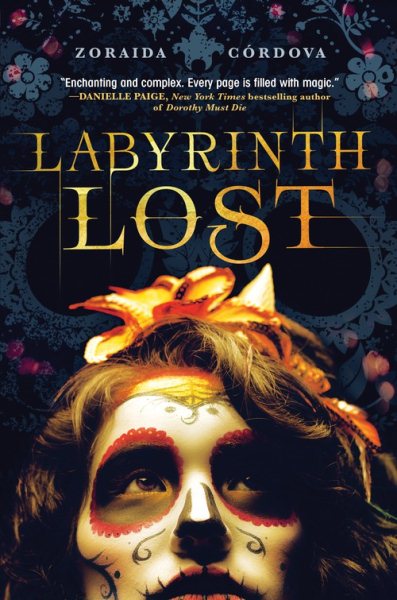

Alex is a magic-hating bruja, so she casts a canto to rid herself of her powers. But it backfires (obviously) and she must embrace her power (and find her courage) to save her family. Bursting with adventure and humanity.
- Ghost Squad by Claribel Ortega
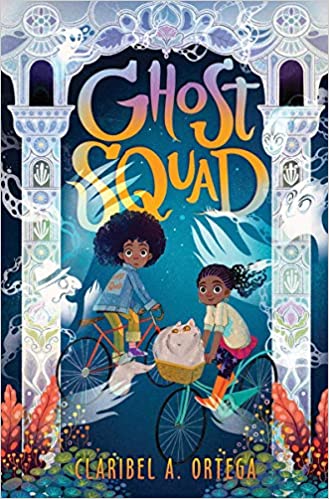

A charming book for lovers of spooky things and found family, centering a plucky Dominican-American girl and her spunky best friend. Ortega adds a magical cat and a witchy grandma, and conjures an adventure that’s also a tender portrayal of grief.
- Blud by Rachel McKibbens
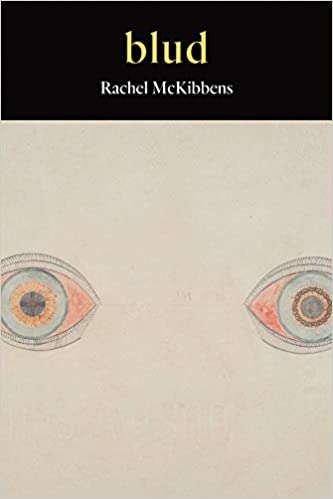

McKibbens’s fierce poetry collection is unflinching, essential reading. Her precise language paints the clearest of pictures, while giving the reader space to breathe—and consider her examination of trauma, violence, heartbreak, and ultimately beauty.
- On These Magic Shores by Yamile Saied Méndez
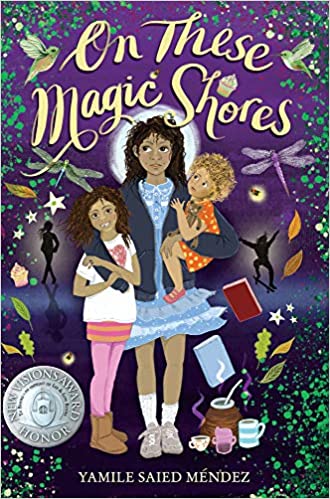

An unapologetic deconstruction of Peter Pan, On These Magic Shores sings the stories of immigrant children who have no choice but to grow up. After her mom disappears, young Minnie cares for two sisters—but who says there can’t be some pixie dust?
- Infomocracy by Malka Older
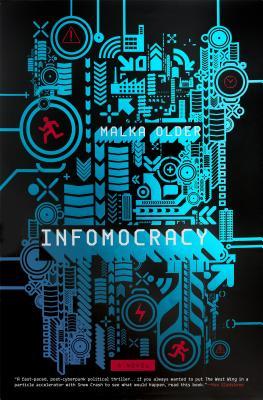

In this political, techy, futuristic thriller that made all the Best of Year lists, geographical borders span continents and the heroes are data analysts, stats wizards, and cyberpunks. You’ll race through Older’s brilliant take on microdemocracy.
- The Island of Eternal Love by Daína Chaviano


The most-translated Cuban book of all time, The Island of Eternal Love is a multigenerational tale of hauntings and great loves, and that complicated, magical place that Cuba occupies in the hearts of exiles living in Miami.
- We Set the Dark on Fire by Tehlor Kay Mejia
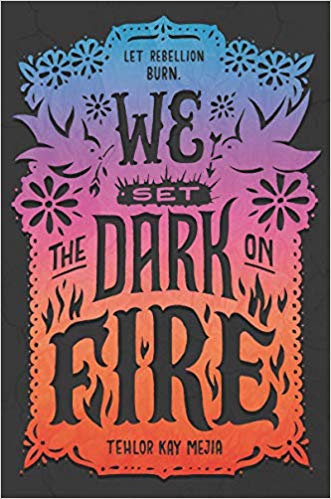

Thoughtful worldbuilding lights up this all-Latinx dystopia, where girls are trained to become the wives of powerful men. Walled borders, immigration politics, and a swoony queer twist await you; read when you want to burn it all down.
- Curse of the Night Witch by Alex Aster
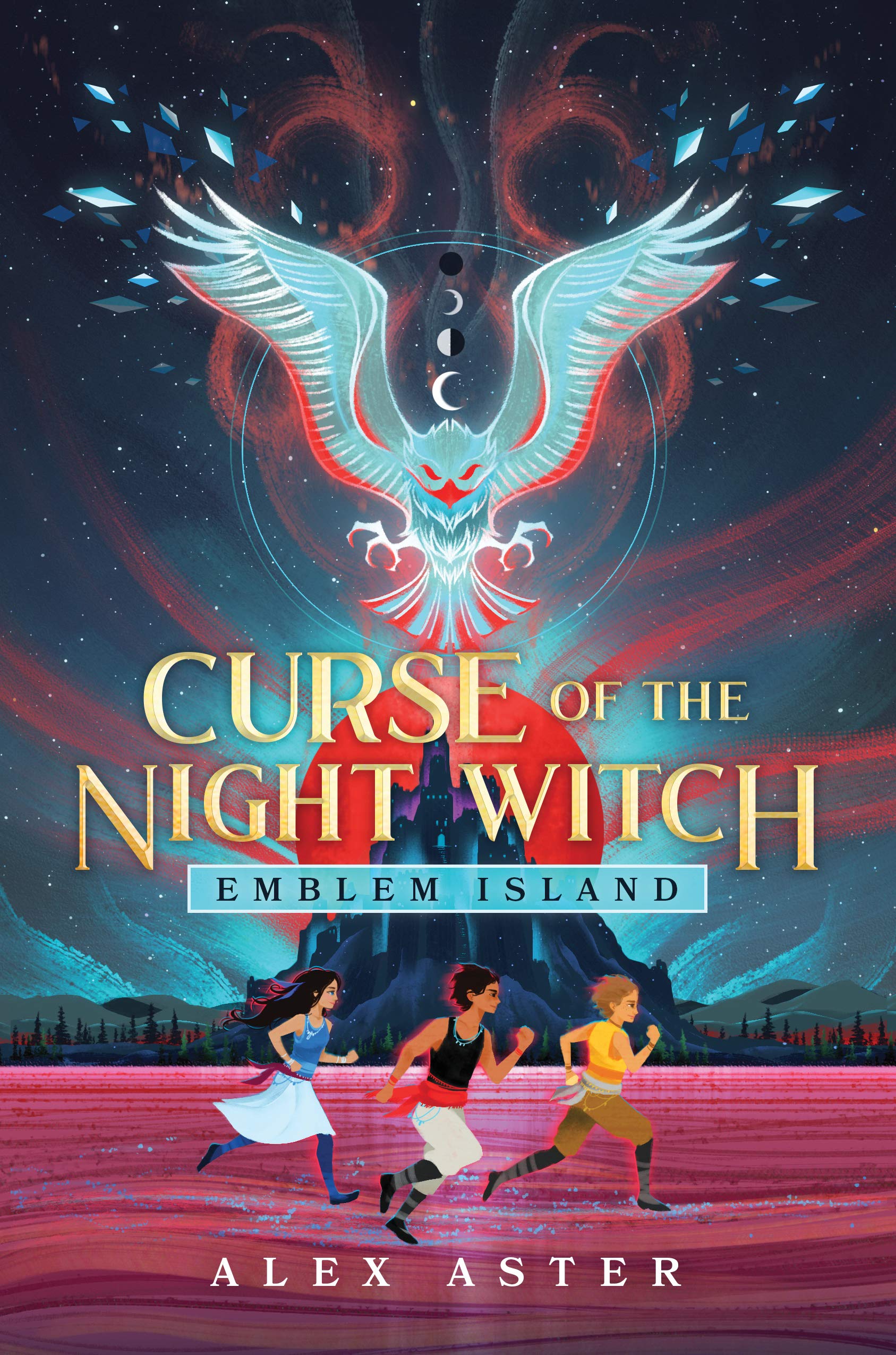

On a magical island, folks are born with a marking that determines their fate. But Tor doesn’t like his, so he embarks on a quest for the Night Witch. Aster’s gem of a story about stories interweaves Latinx folktales (and monsters!).
- Diamond City by Francesca Flores
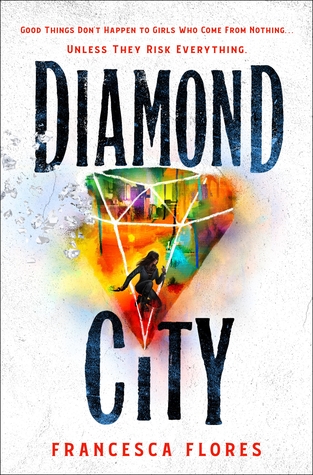

A kickass assassin girl—unloved and unwanted by society—finds her worth and takes down false idols in an industrial fantasy setting. Be prepared for blood, magic, an irresistible city setting, and a blistering fast pace. Did we mention murder?
- Submerged, Volume 1 by Vita Ayala, with Lisa Sterle
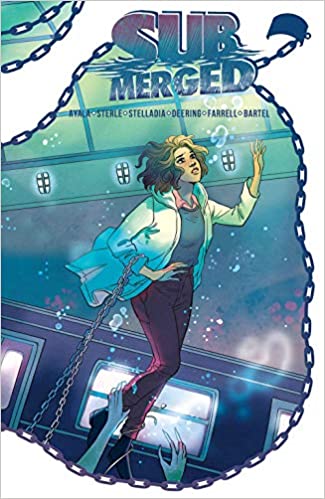

Siblings are at the heart of this ethereal comic that begins in the NYC subways during a storm. The themes of queer identity, complex family dynamics, and infusion of Greek myth all invite readers to dive right in.
- Iron Cast by Destiny Soria
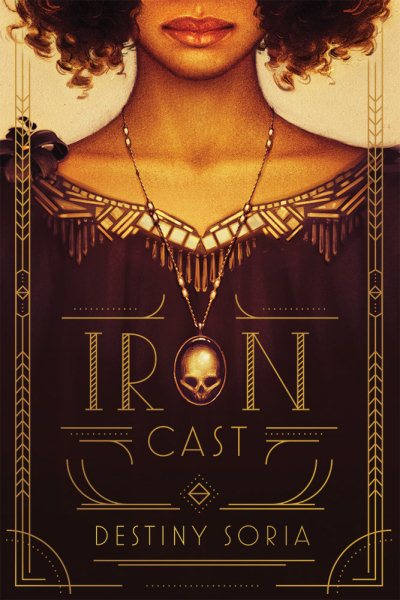

A speakeasy-style novel, set in Boston 1919, where two inseparable friends can do magic—illegal magic. And in this world of persecution, Iron Cast delves deep on the bravery, humanity, and support required to be someone society doesn’t privilege.
- Muse Squad by Chantel Acevedo
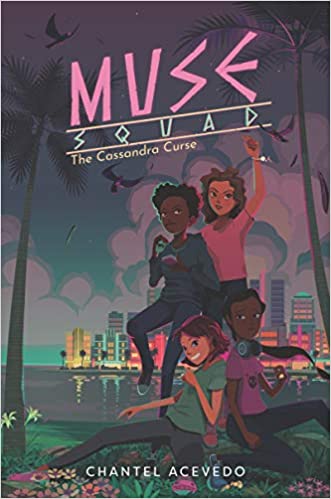

A Cuban-American girl happens to be the muse—yes, from Greek myth—of epic poetry. And there are other junior muses! Magic! And a Muse Headquarters! An adorable book about being moved by something, whether that’s to create art or change the world.
- Mouthful of Birds by Samanta Schweblin
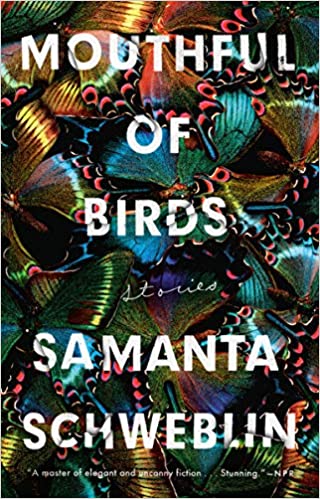

These twenty mesmerizing, eerie short stories translated from Spanish carry on the rich tradition of psychological horror mixed in with the surreal and fantastical. Try not to read before bed, though; they are meant to make you shiver.
- The Grief Keeper by Alexandra Villasante
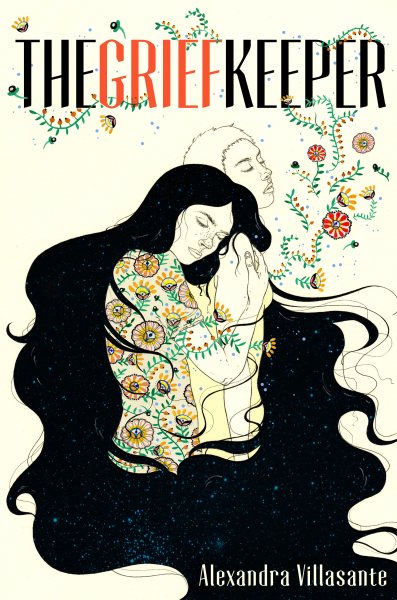

When a Salvadorian girl is caught crossing the border, she can stay in the US, legally, by absorbing grief into her own body to save a life. A gentle work of immigration, class, queer love, and traumas that bury those with few options.
- Summer of the Mariposas by Guadalupe Garcia McCall
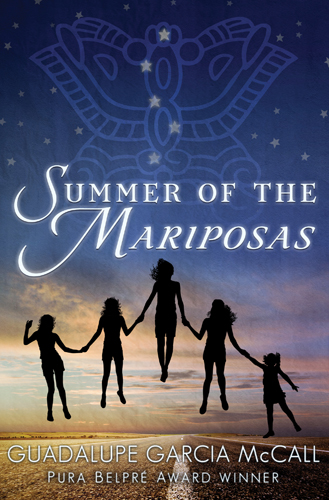

Five Mexican-American sisters cross the border—and end up in their own reinvented Odyssey, full of monsters and magic. Sometimes, you very much need your sisters—all your sisters—to get you through.
- Kingdom of Women by Rosalie Morales Kearns


In the near future, vengeful women wreak vigilante justice and the only female Catholic priest left becomes a reluctant hero. Kingdom of Women deconstructs justice, morality, and mercy within oppressed systems too close to our own.
- The Haunted Girl by Lisa M. Bradley
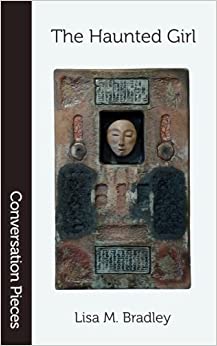

Tinged with autobiography, queer Tejana Bradley’s poetry runs vast and wild, as she explores monstrousness, danger, decay, and unexpected beauty in this collection. Bradley looks into the abyss in her work. Will you?
- Woven in Moonlight by Isabel Ibañez
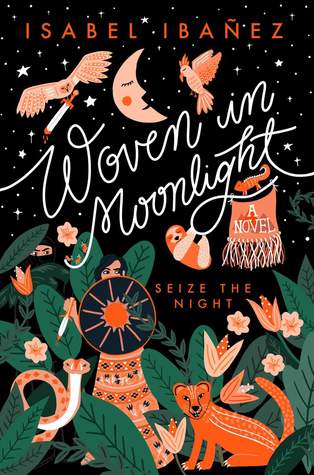

Lovers of complex court intrigue, rejoice! In a fantasy Bolivia, a decoy royal finally gets an opportunity to exact revenge on her oppressors—but rebellion is always more complicated than one hopes. Also: the opulent banquet descriptions!
- Lobizona by Romina Garber
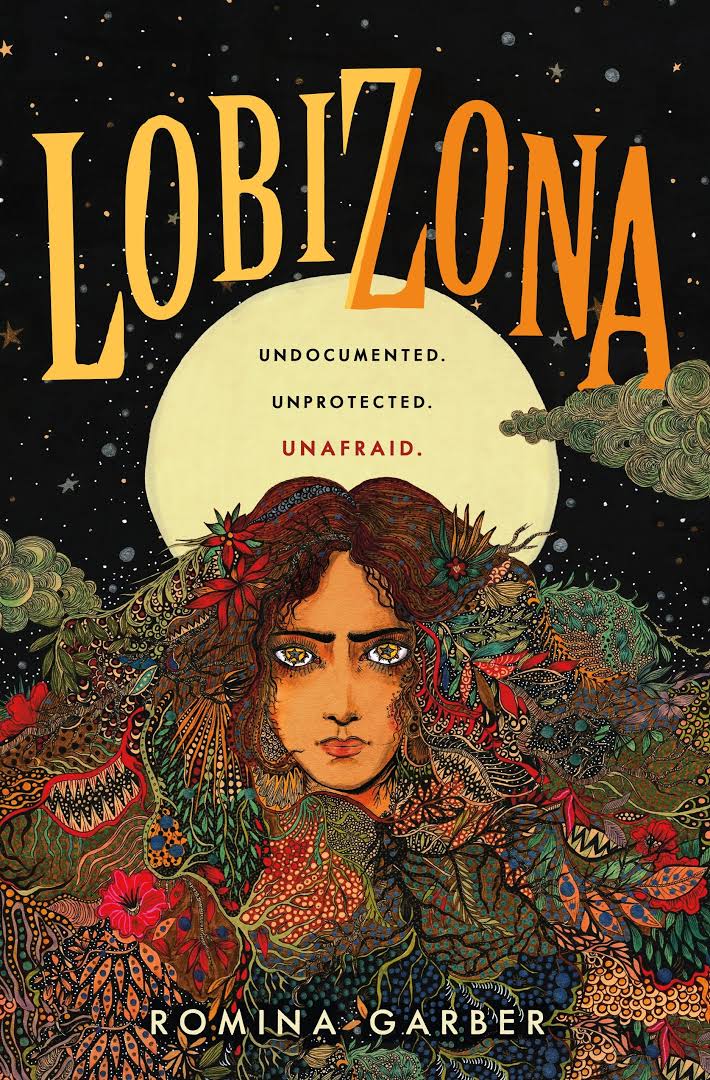

When a girl is caught between US immigration hell and the stigma of her starry yellow eyes in her native Argentina, Garber brings in witches and werewolves! With nods to Argentine lore and cozy boarding schools, Lobizona is ultimately about belonging
- America, Volume 1 by Gabby Rivera, with Joe Quinones


Your fave Young Avenger now has her own origin story. Rivera’s America Chavez is surrounded by her Latinx communities, attends college, and ponders her place in the multiverse. And Captain America’s along for the ride.
- Beastgirl and Other Origin Myths by Elizabeth Acevedo
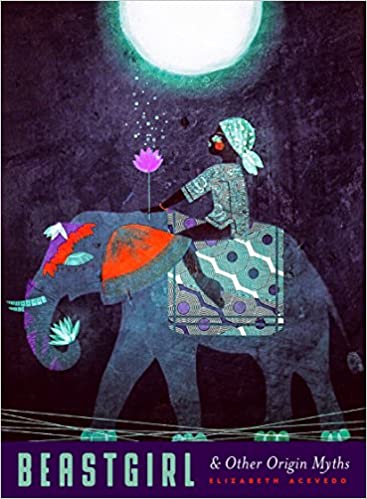

Award-winning poet Acevedo’s slim but impactful volume of poetry centers on Dominican-American identity and culture. The work is contemporary, infused with mythology and a dash of folklore, celebrating fierce, beastly girls.
- Trinity Sight by Jennifer Givhan
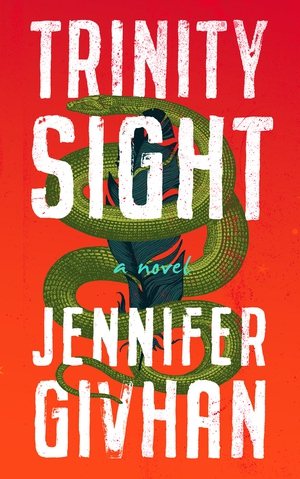

Weaving together Chicanx and indigenous storytelling with apocalyptic fiction, this tapestry of a novel intertwines science and faith, ancestry and legacy, nature and climate change—and it stars an anthropology professor pregnant with twins.
- Nocturna by Maya Motayne
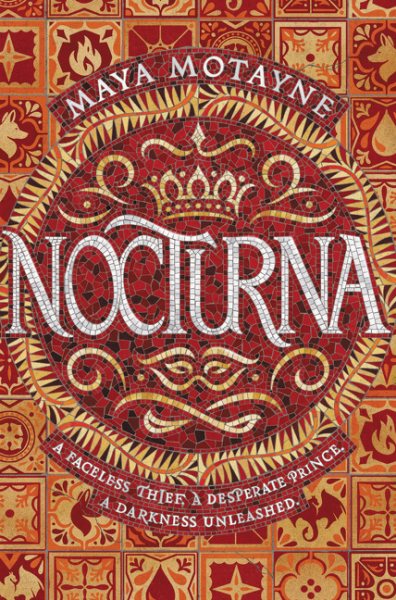

A shapeshifting face stealer matches wits with a grief-ridden prince in this realm based on Dominican culture. But when an evil god is accidentally released from capture, their high fantasy adventure starts—and they must team up to save the world.
- Spirits of the Ordinary by Kathleen Alcalá
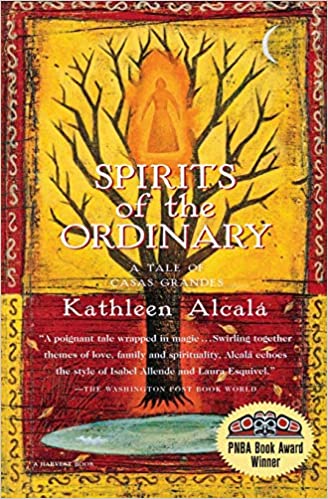

This magical, multigenerational tale follows a family in northern Mexico at the turn of the last century—and centers faith with its Catholic society, Jewish family, and exploration of the beliefs and persecution of Indigenous peoples.
- Women Who Run with the Wolves by Dr. Clarissa Pinkola Estés


Estés collects and explores fairy tales, folklore, and myths surrounding the wild woman archetype—and then argues that women have been suffocated, constrained, civilized out of our magical, feral natures.
- Dark Constellations by Pola Oloixarac
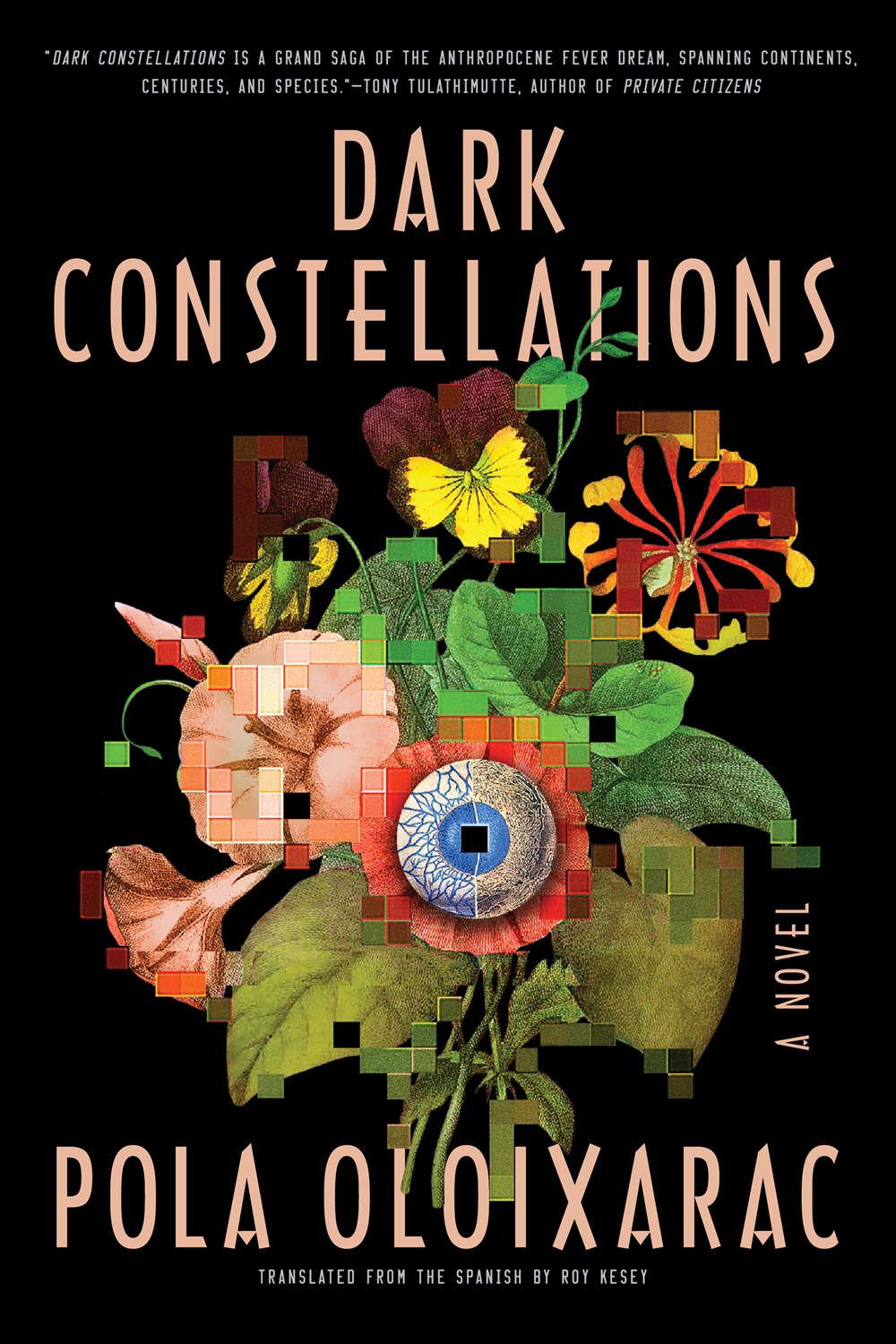

This techy, cyberpunky book of big ideas will confound genre purists but is a reward for lovers of experimental fiction. Three narratives set in Argentina and beyond, over 150 years, are tied together by the dark spaces between the lights.
- Category Five by Ann Dávila Cardinal
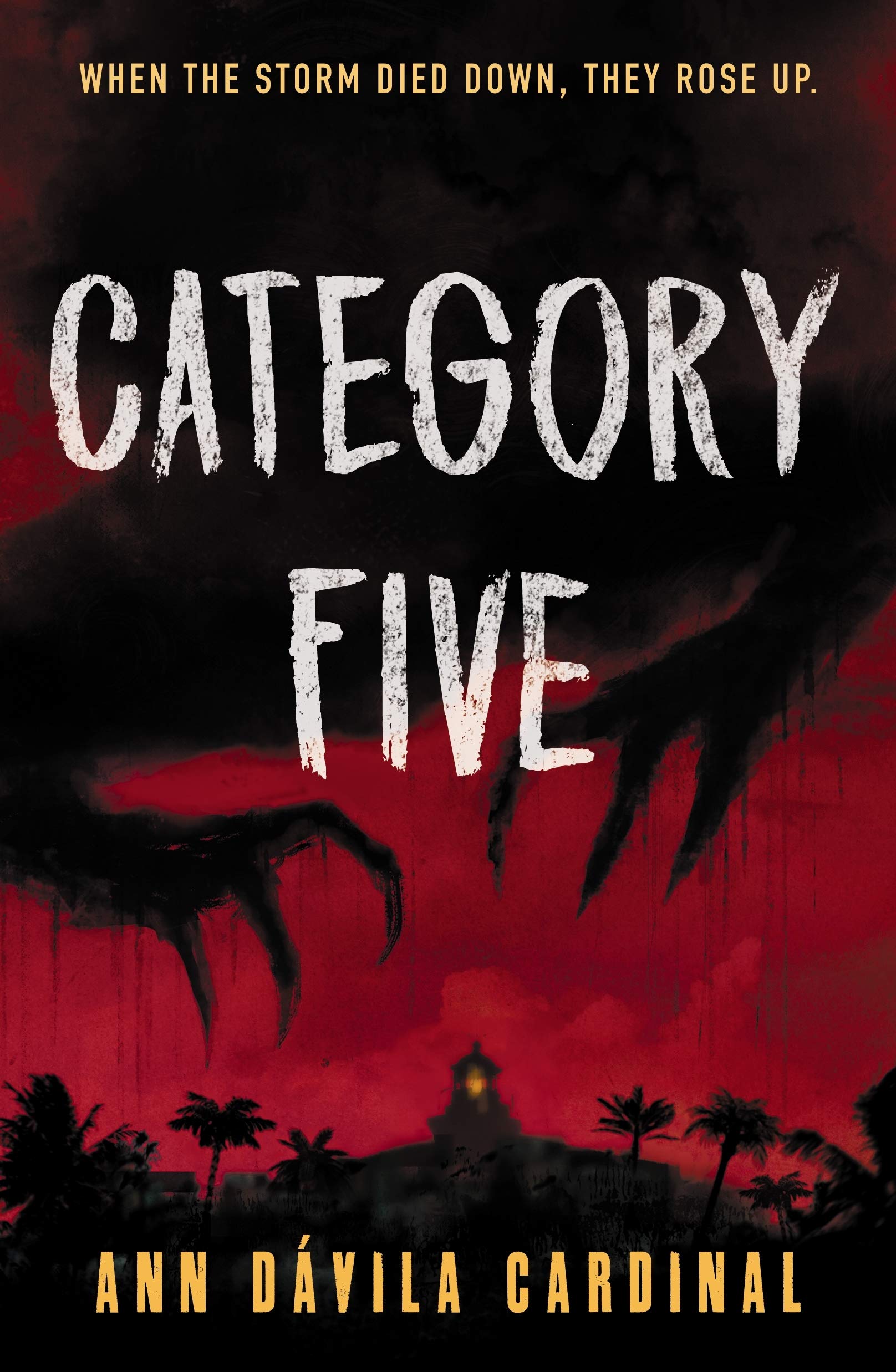

Apocalypse already came to Puerto Rico when Hurricane Maria made landfall. In its aftermath, a group of teens must solve a paranormal murder mystery, somehow tied to reawakened dead ever since the developers began building the new resort.
- All of Us with Wings by Michelle Ruiz Keil
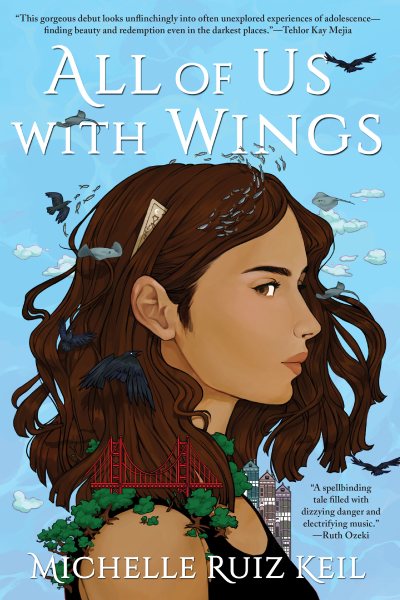

This punk-rock coming-of-age novel about found family and recovery from trauma is set in an alternate, witchy San Francisco. Sometimes the journey to find yourself is filled with twists, magical beings, and a whole lot of free love.
- Echo by Pam Muñoz Ryan
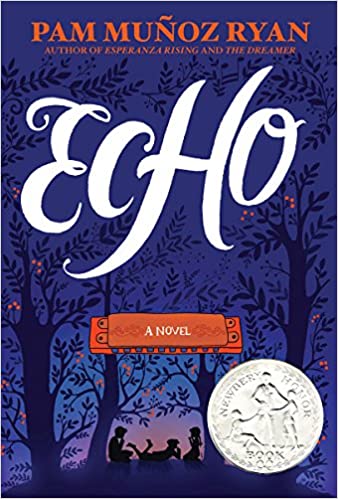

A true opus that traces a magical harmonica through the lives of three children in 1930s/40s. Framed as a fairytale with a heart of historical fiction, Echo illuminates the power of music to inspire hope, kindness and courage in the most difficult times.
- All the Wind in the World by Samantha Mabry
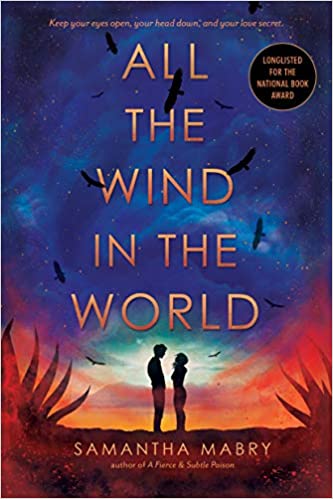

Set in a wasteland post-environmental collapse, multiracial Sarah Jac works on a farm in the Southwest with her forbidden sweetheart. All the Wind in the World is a western at its core, musing on the ways land and its workers have been pushed to the brink.
- All These Monsters by Amy Tintera
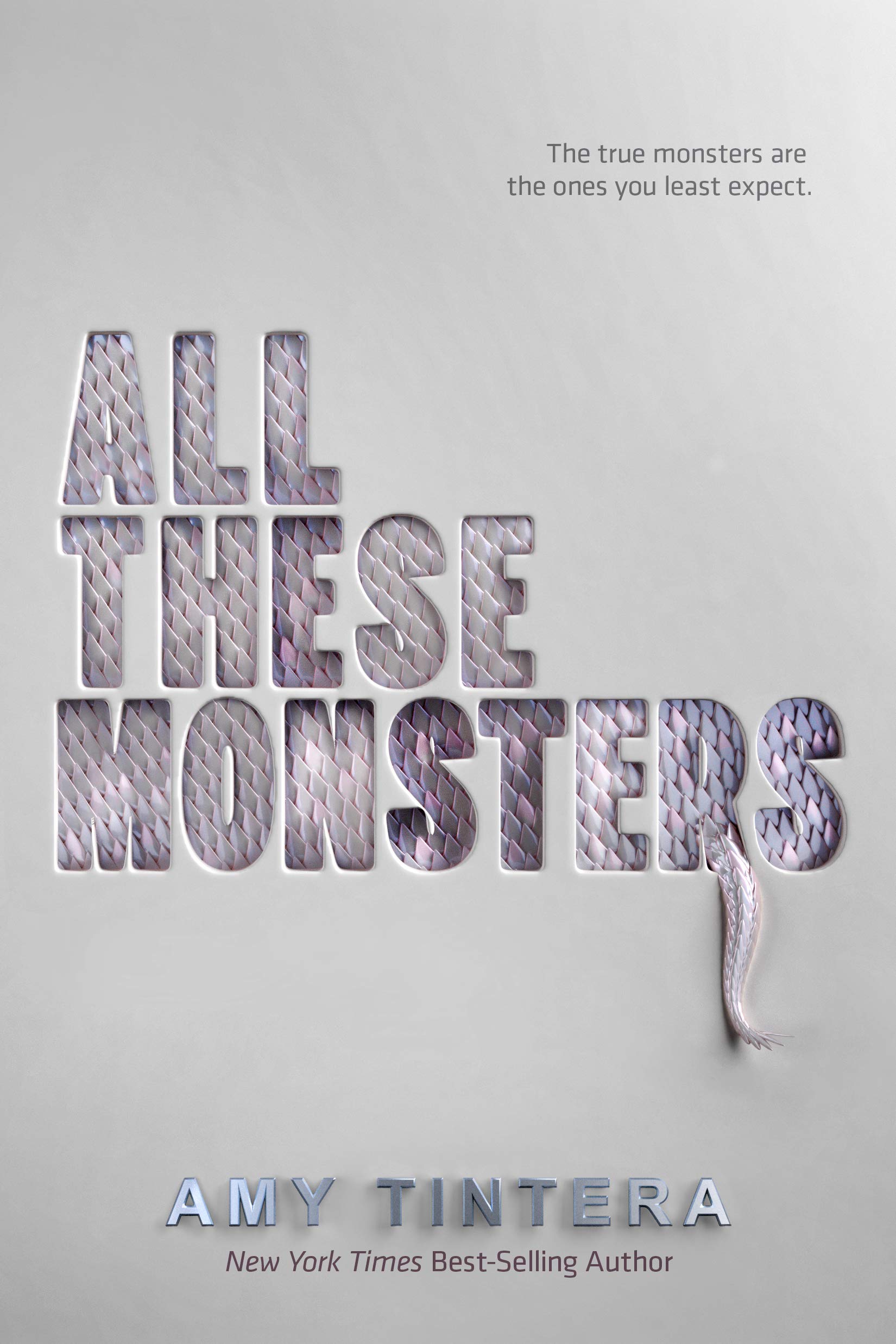

You think this is a dystopian novel about fighting giant scarabs, large monsters that are threats to humans across the globe, but it’s really about how a biracial Mexican-American girl learns how to break the cycle of abuse and begin to heal.
- Sia Martinez and the Moonlit Beginning of Everything by Raquel Vasquez Gilliland
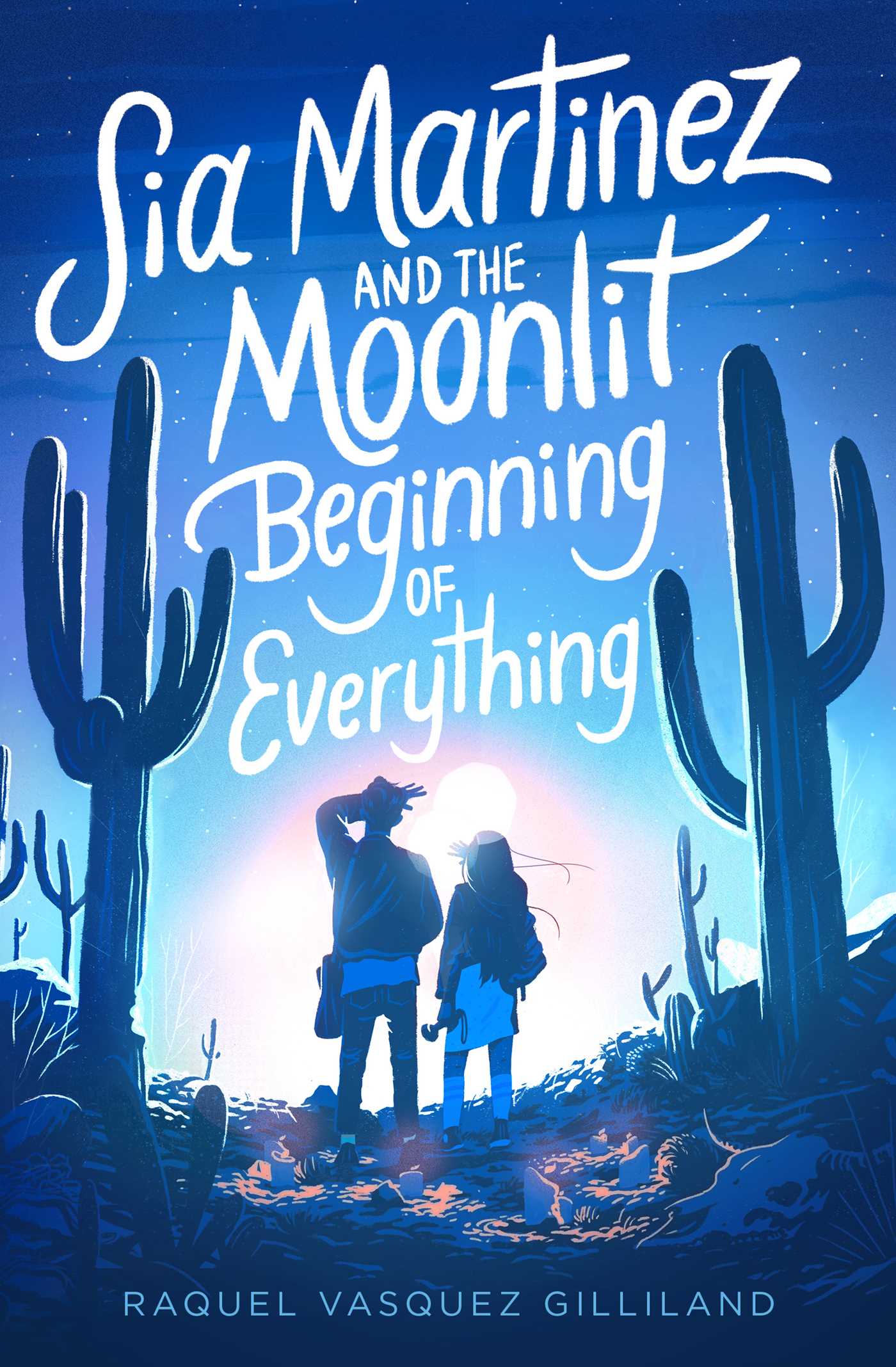

Three years ago, after ICE raids and a trek across the border, Sia’s mom disappeared. But then Sia discovers a spacecraft—and her mom. A magical, lyrical look at grief, reconciliation, and humanity.
- Chilling Effect by Valerie Valdes
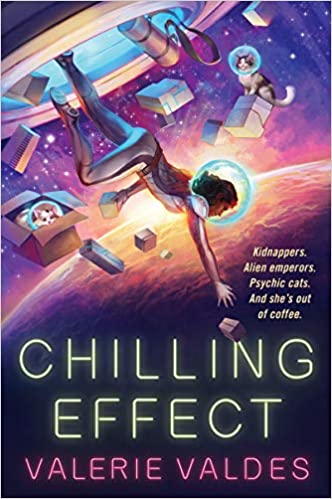

Who doesn’t want space opera with pirates, alien emperors and psychic cats? Or kidnapped sisters, shady jobs, and shadowy crime syndicates? With lovable characters and a delightful Latinx cast, you’ll want to be on Captain Eva Innocente’s crew.
- Wings Unseen by Rebecca Gomez Farrell
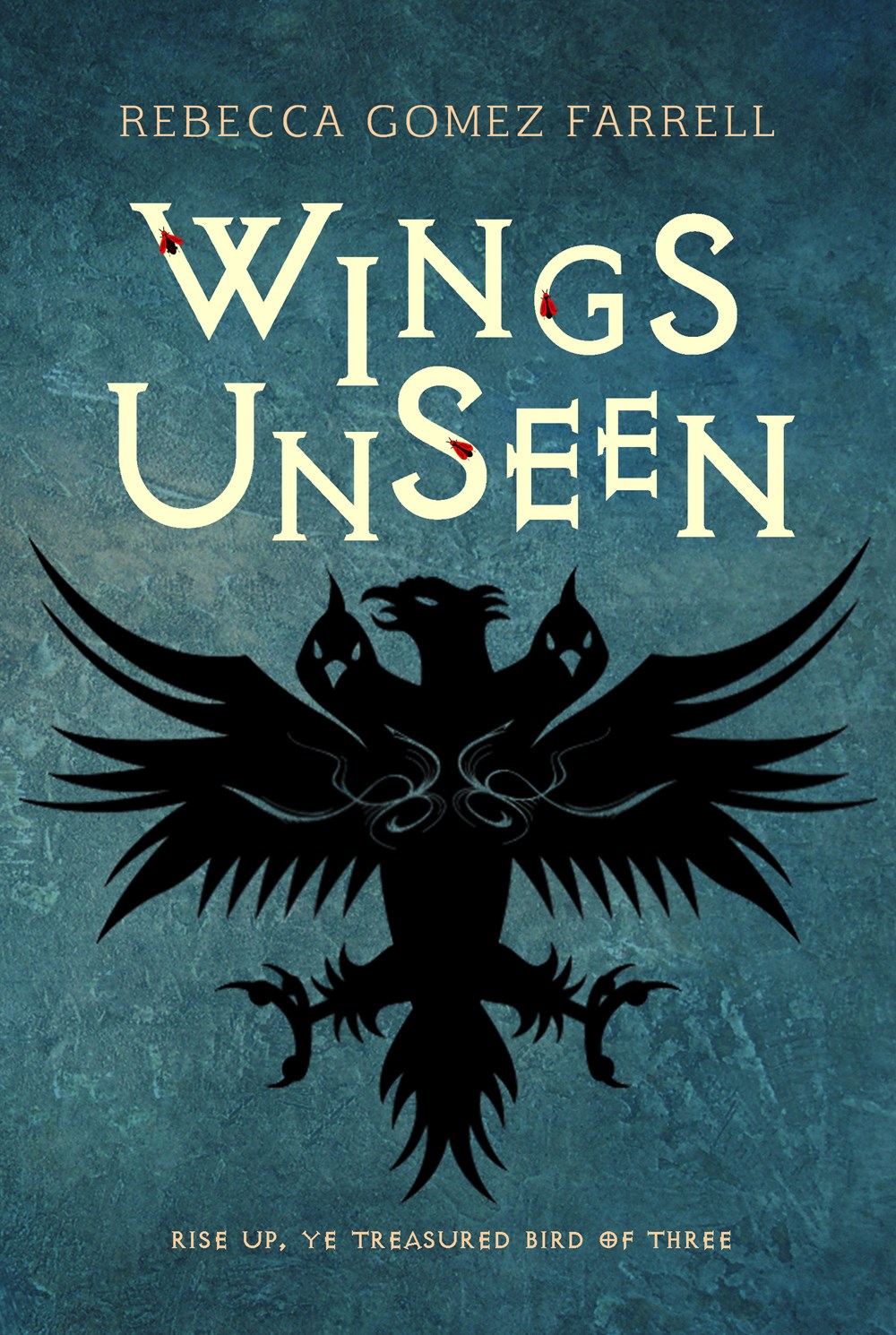

Wings Unseen has all the juicy things you’re looking for in an epic fantasy: magical young people, a prophecy, political tensions between two kingdoms, mysterious religious cults, the world’s fate in the balance—and of course, a baddie.
- United States of Banana by Giannina Braschi


This cheeky, allegorical story of Puerto Rican statehood features a Puerto Rican prisoner held under the Statue of Liberty for a hundred years. Once freed, political and economic implications compound. It’s a thinky book of big ideas.
- The Storm Runner by J.C. Cervantes
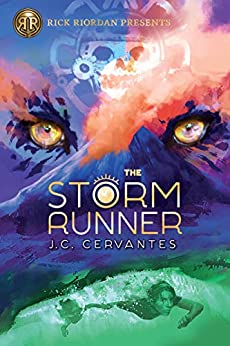

Set in New Mexico, scrappy young heroes—one who walks with a cane, the other a shapeshifter—must outwit wily gods in this action-adventure woven with Mayan mythology. Who knew the volcano in the backyard led to another world?
- Ink by Sabrina Vourvoulias
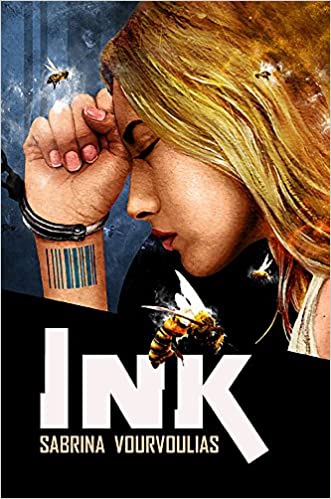

What if anti-immigrant rhetoric manifested into institutionalized population tracking? Vourvoulias’s America tattoos barcodes on everyone with their immigration history, and the ink muddles further the ideas of home, citizenship and community.
- Sweet Black Waves by Kristina Pérez
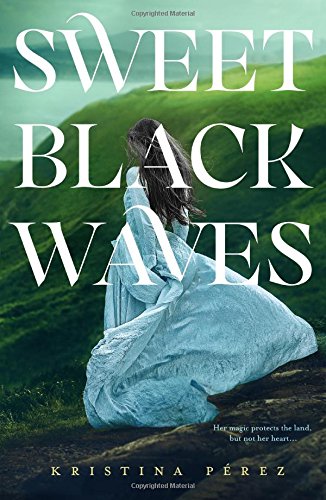

Feuding kingdoms and forbidden romance abound in this lush, feminist retelling of Tristan and Eseult, but from the point of view of Branwen, Eseult’s lady’s maid. You’ll love Branwen’s powerful magic—and also that she’s had enough!




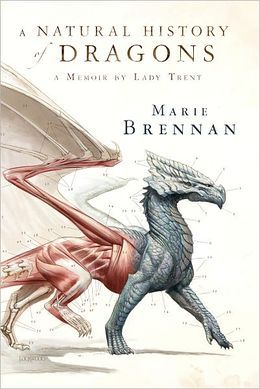
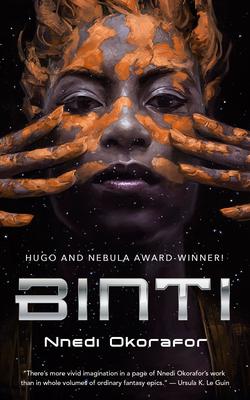
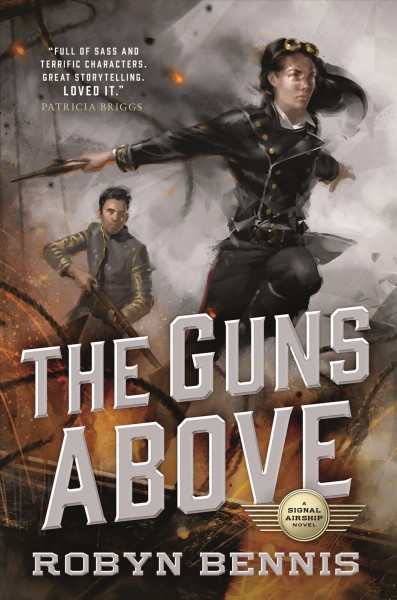
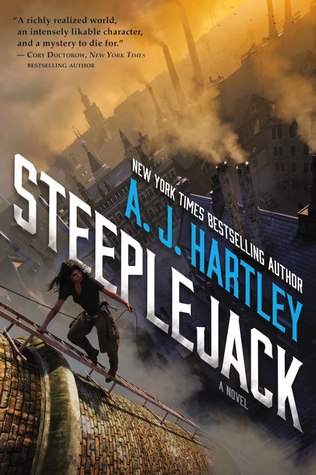
 Tina LeCount Myers is a writer, artist, independent historian, and surfer. Born in Mexico to expat-bohemian parents, she grew up on Southern California tennis courts with a prophecy hanging over her head: Her parents hoped she’d one day be an author. Tina lives in San Francisco with her adventurer husband and two loud Siamese cats. The Song of All is the first book of her epic fantasy trilogy, The Legacy of the Heavens. You can follow Tina on Twitter
Tina LeCount Myers is a writer, artist, independent historian, and surfer. Born in Mexico to expat-bohemian parents, she grew up on Southern California tennis courts with a prophecy hanging over her head: Her parents hoped she’d one day be an author. Tina lives in San Francisco with her adventurer husband and two loud Siamese cats. The Song of All is the first book of her epic fantasy trilogy, The Legacy of the Heavens. You can follow Tina on Twitter 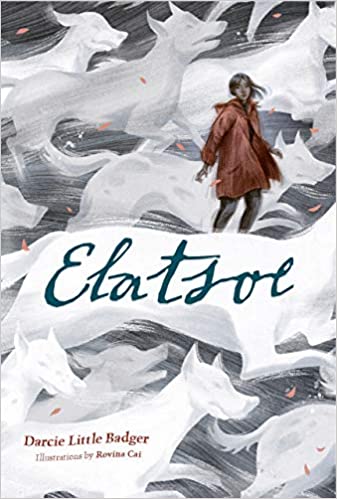
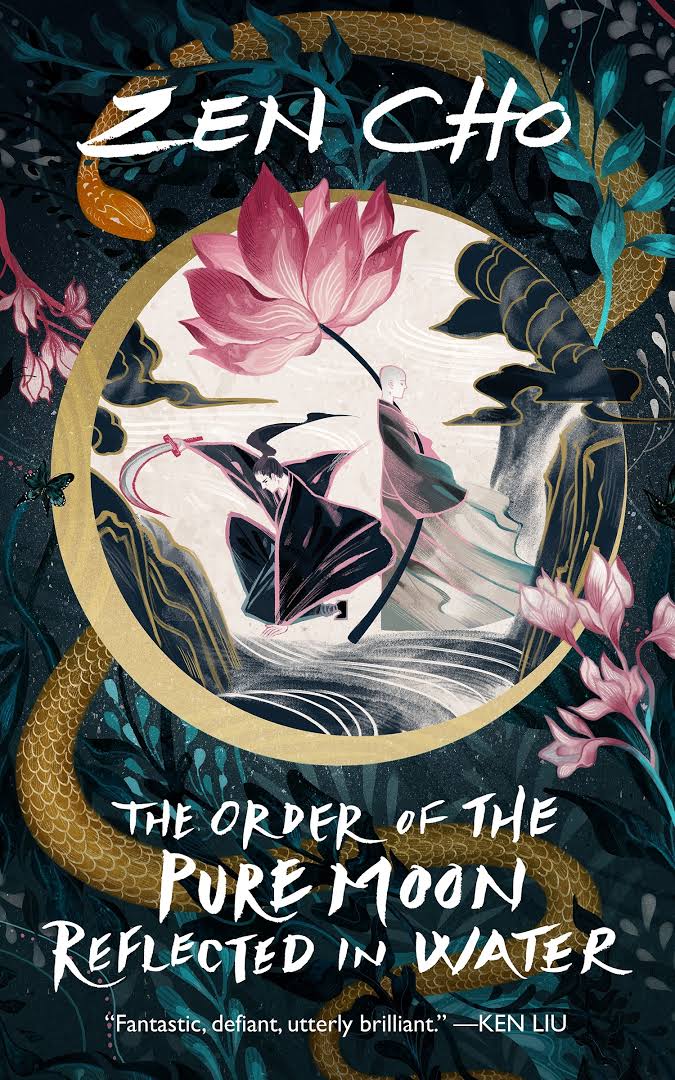
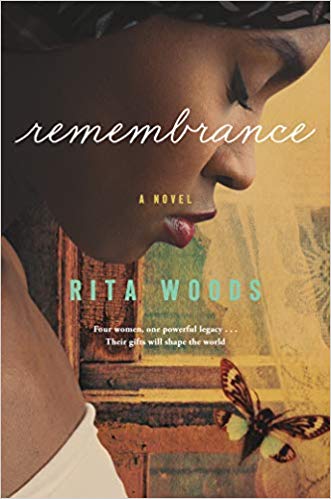
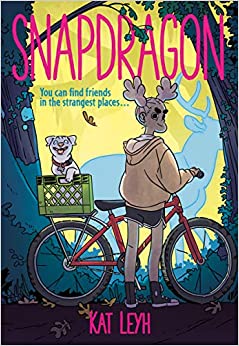
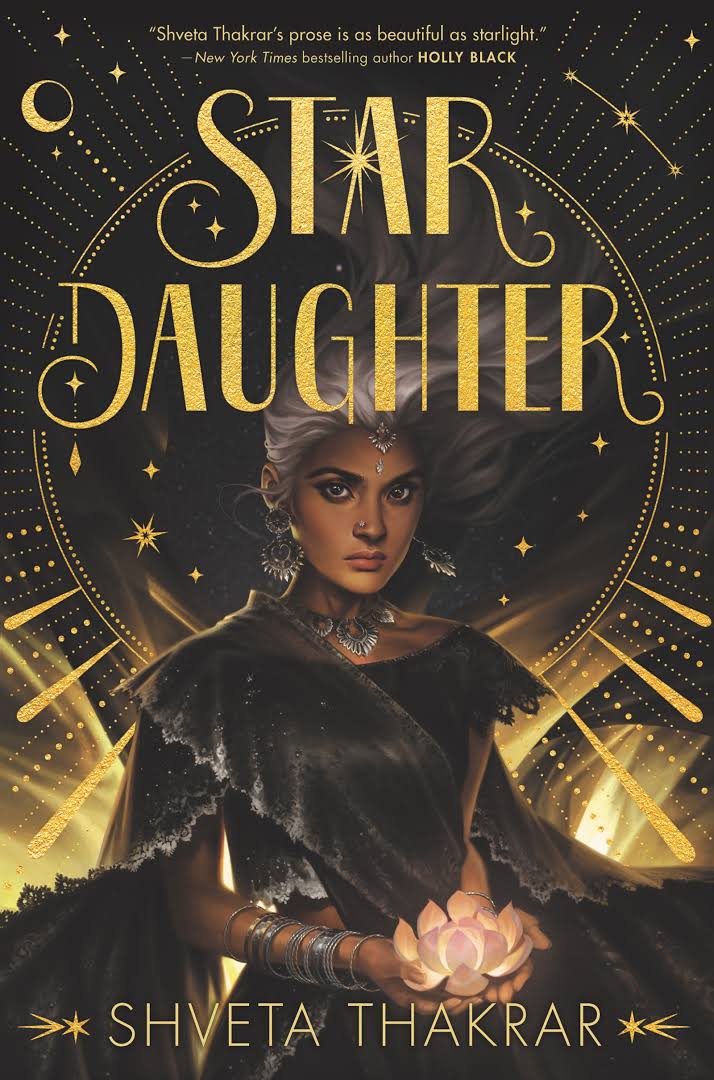
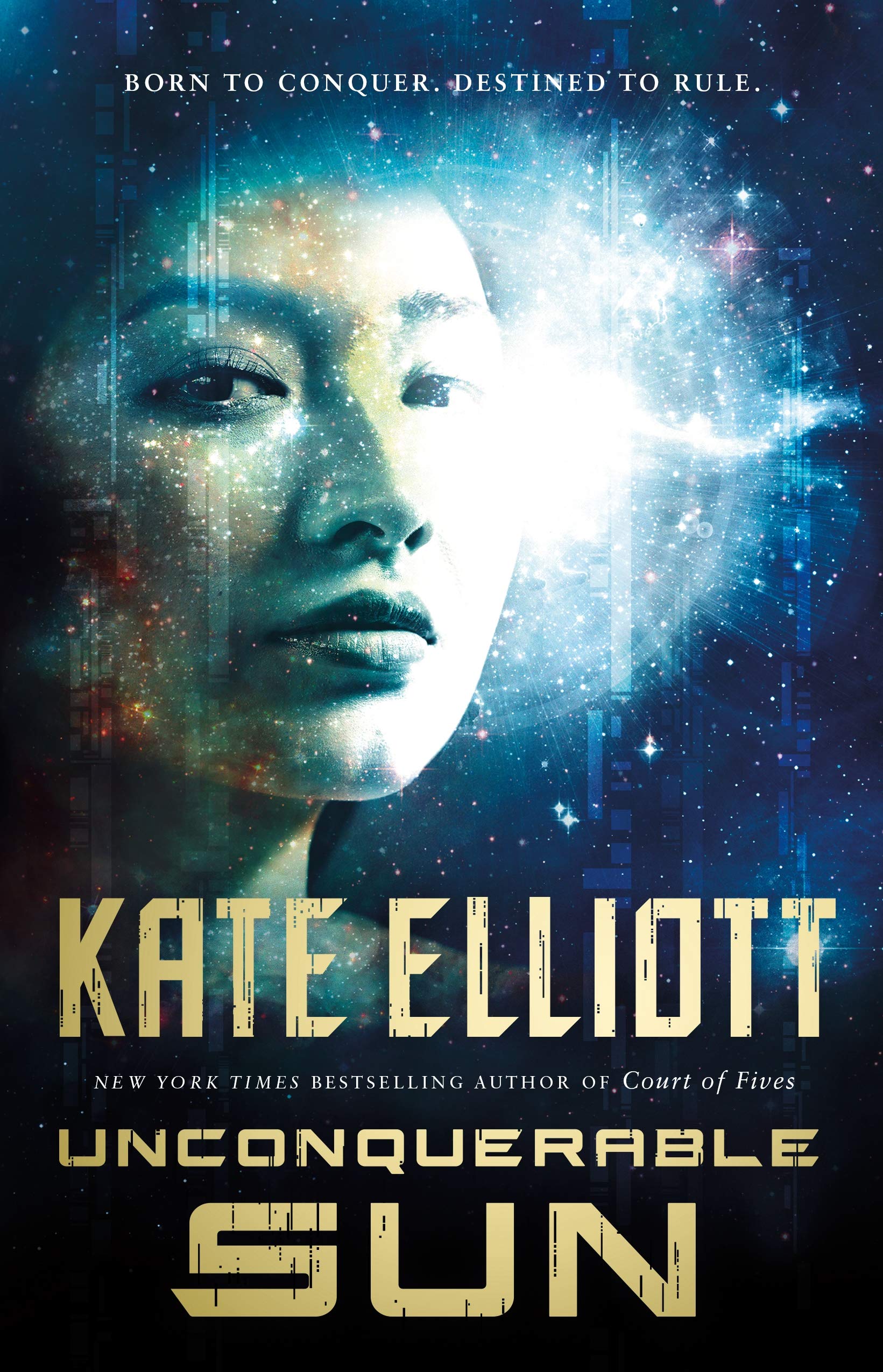
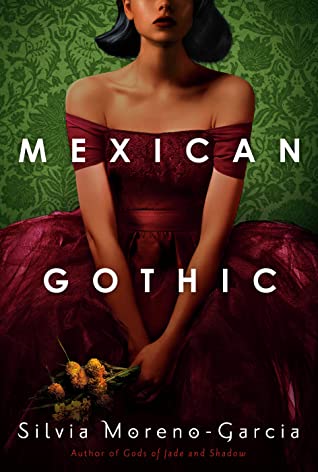
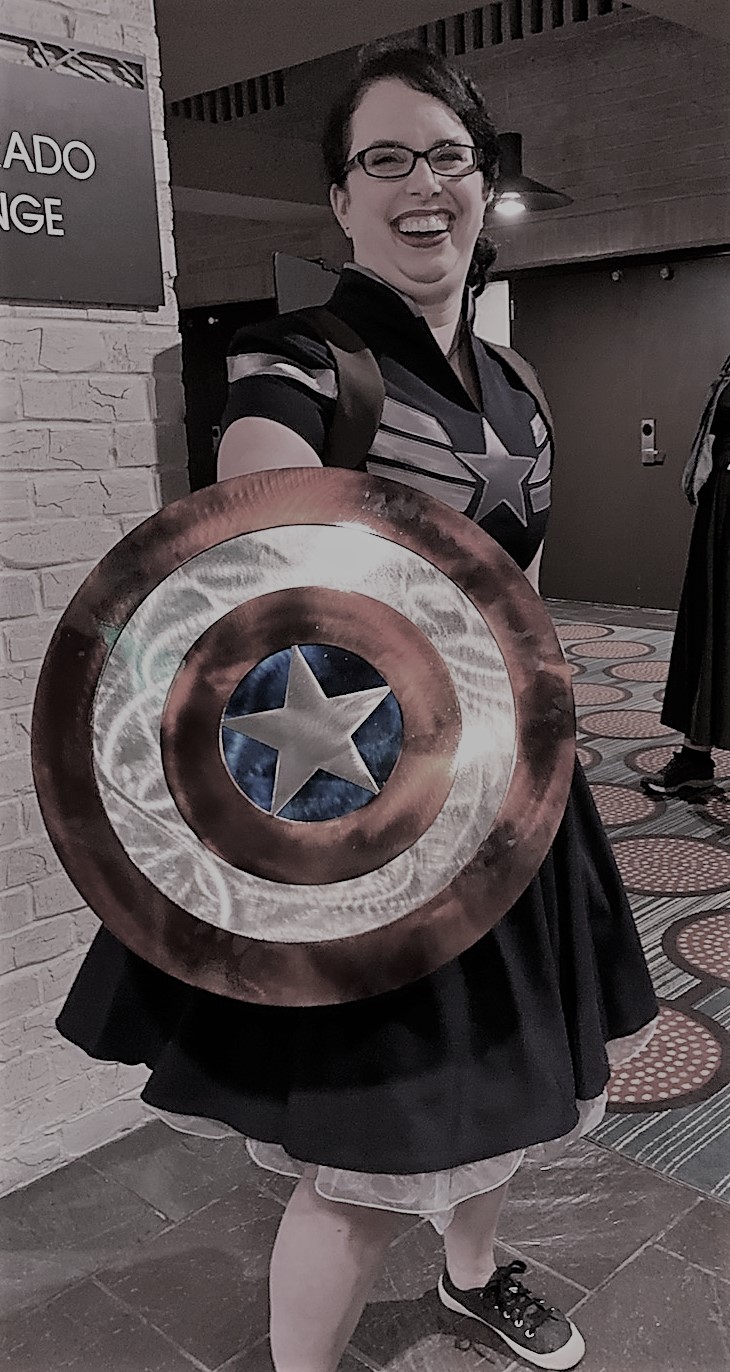 By day, Amy Tenbrink dons her supergirl suit and handles strategic and intellectual property transactions as an executive vice president of a major media company. By night, she dons her supergirl cape, plans literary conferences, bakes increasingly complicated pastries, and reads 150 books a year. She is a co-founder and current co-chair of Sirens, an annual conference dedicated to examining gender and fantasy literature. She likes nothing quite so much as monster girls, flagrant ambition, and a well-planned revolution.
By day, Amy Tenbrink dons her supergirl suit and handles strategic and intellectual property transactions as an executive vice president of a major media company. By night, she dons her supergirl cape, plans literary conferences, bakes increasingly complicated pastries, and reads 150 books a year. She is a co-founder and current co-chair of Sirens, an annual conference dedicated to examining gender and fantasy literature. She likes nothing quite so much as monster girls, flagrant ambition, and a well-planned revolution.











































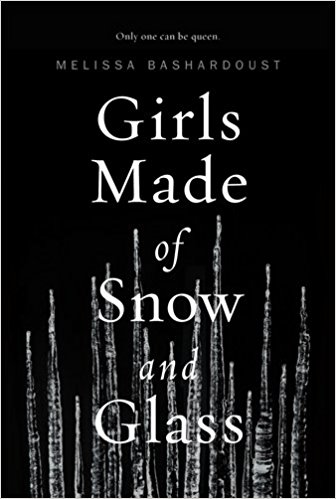

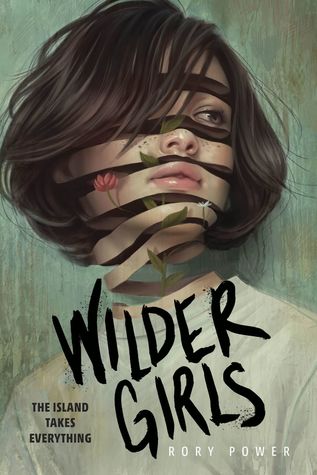










































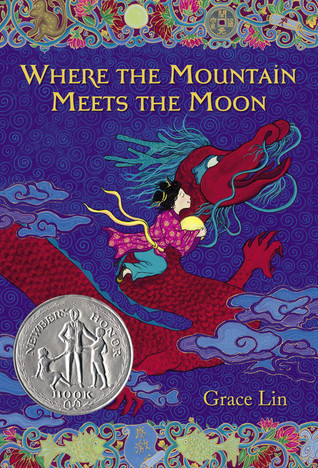
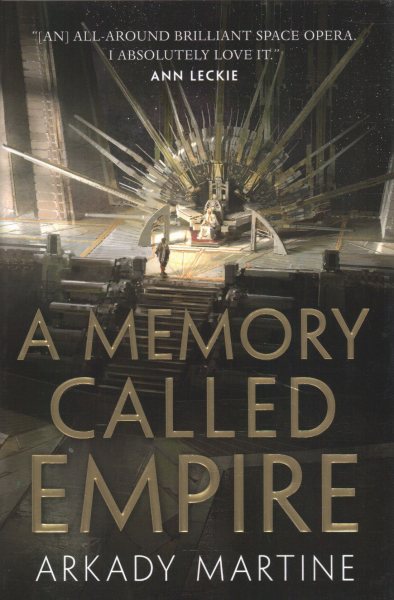
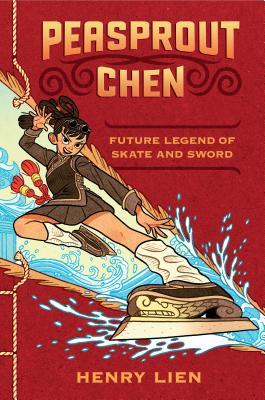
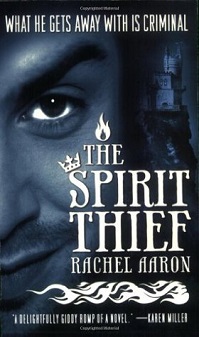
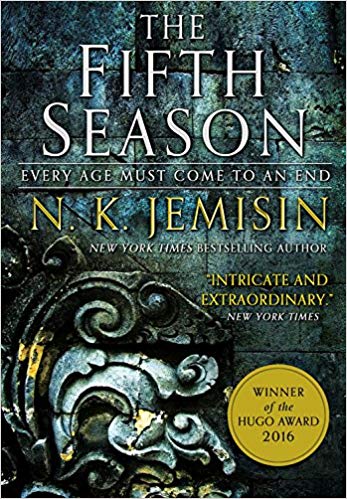
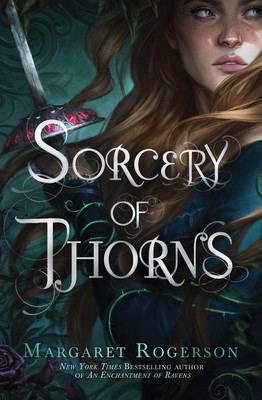
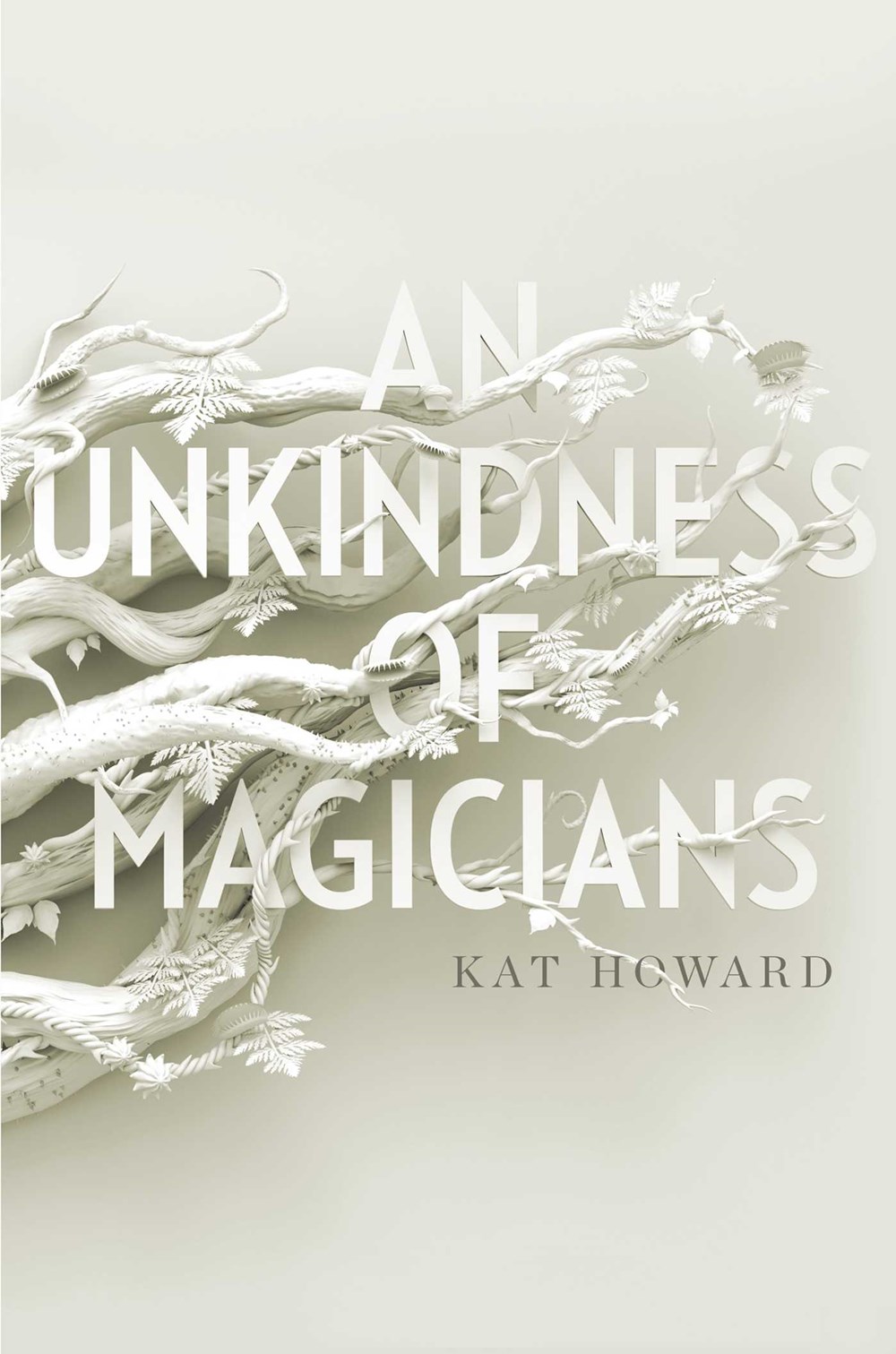
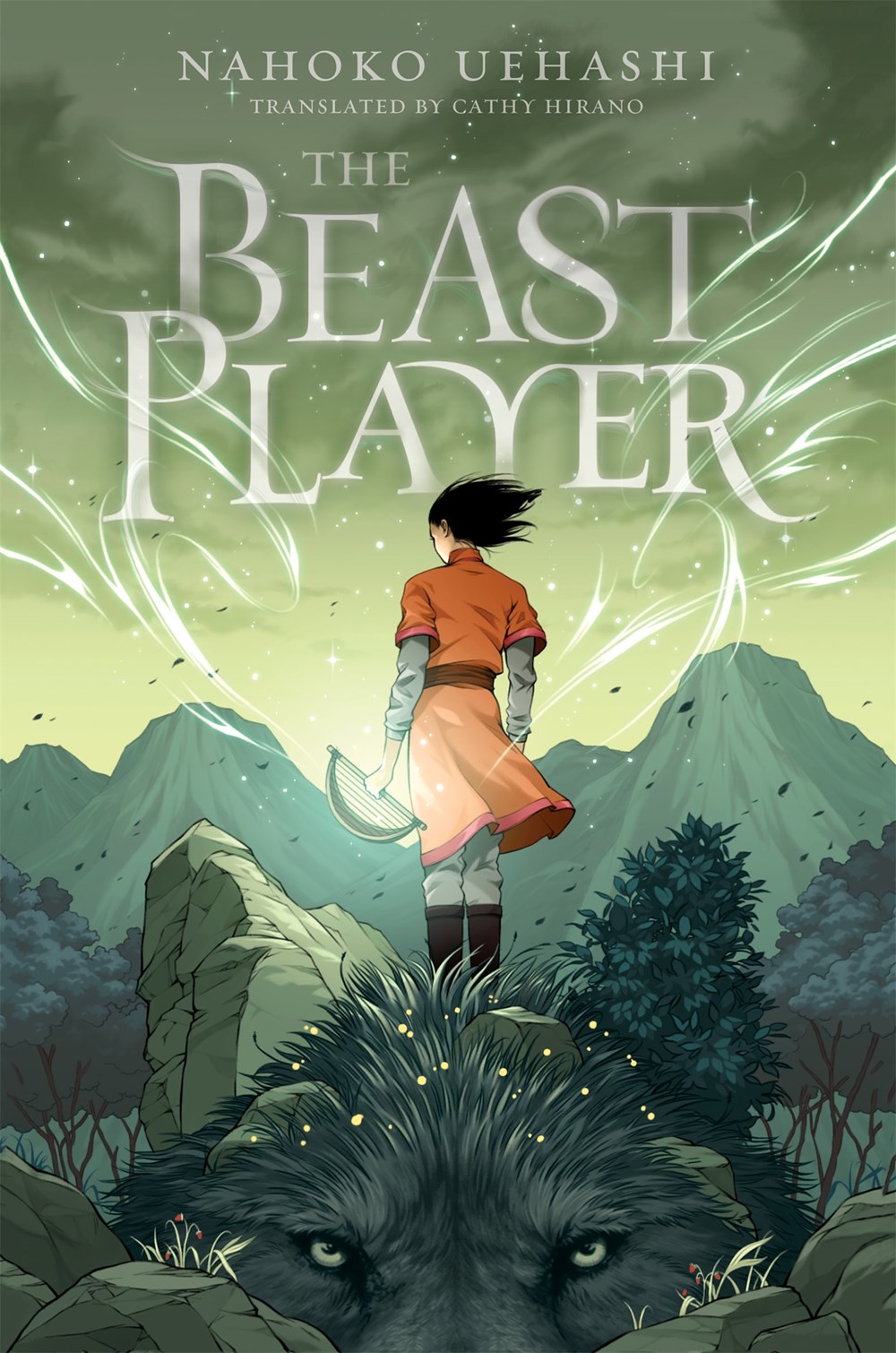
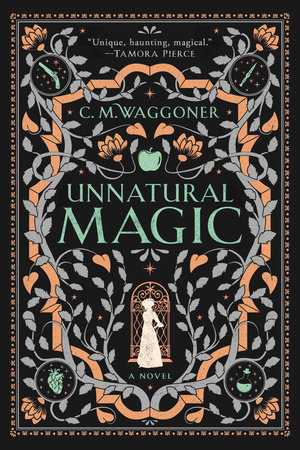
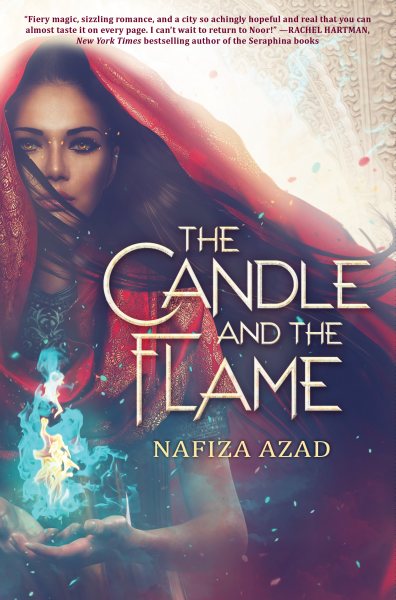
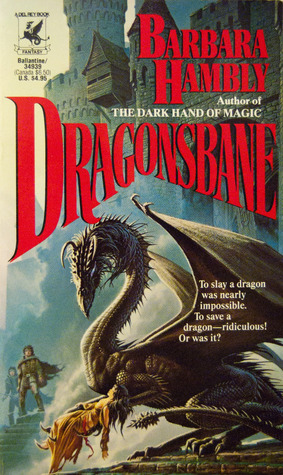
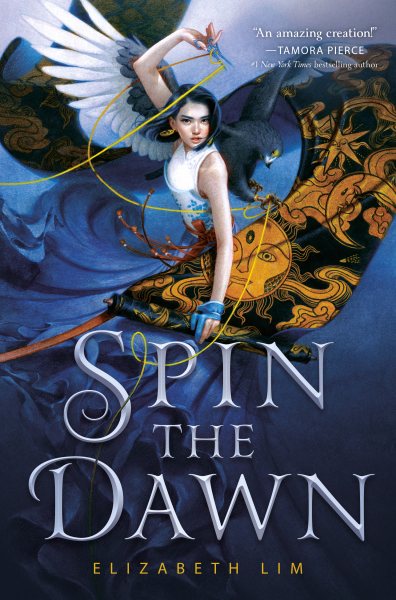
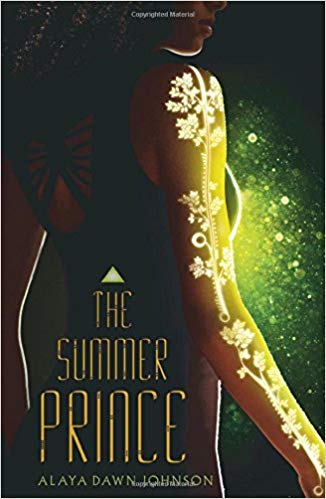
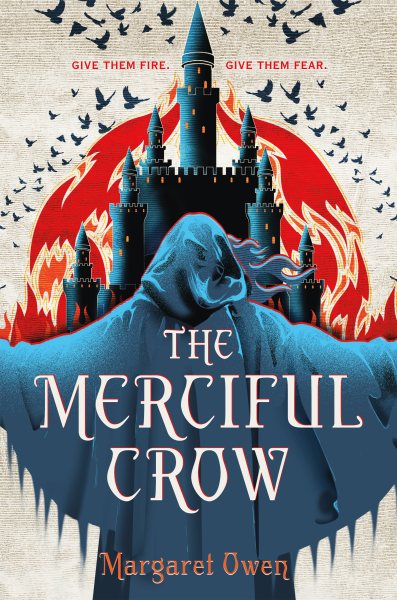
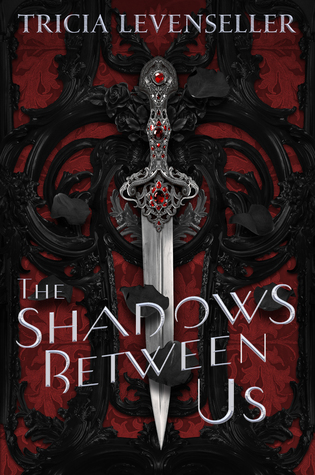
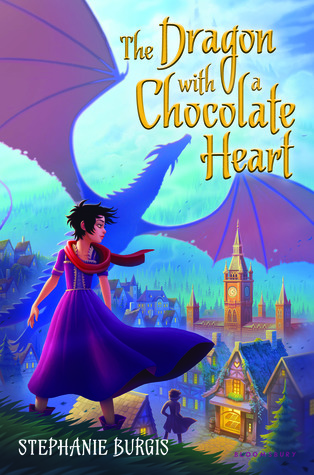
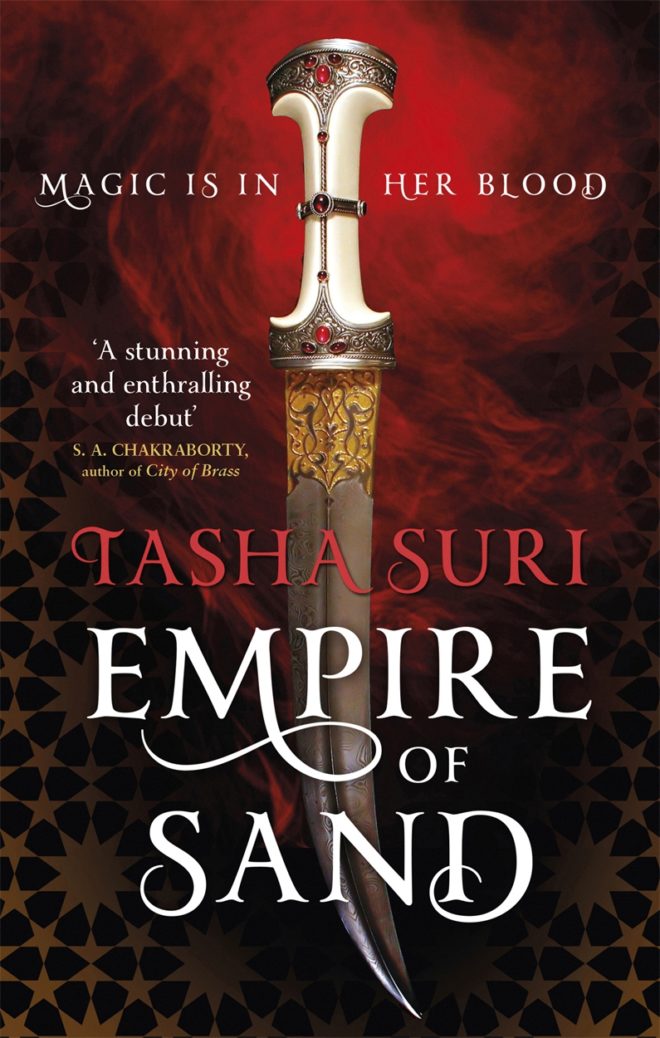

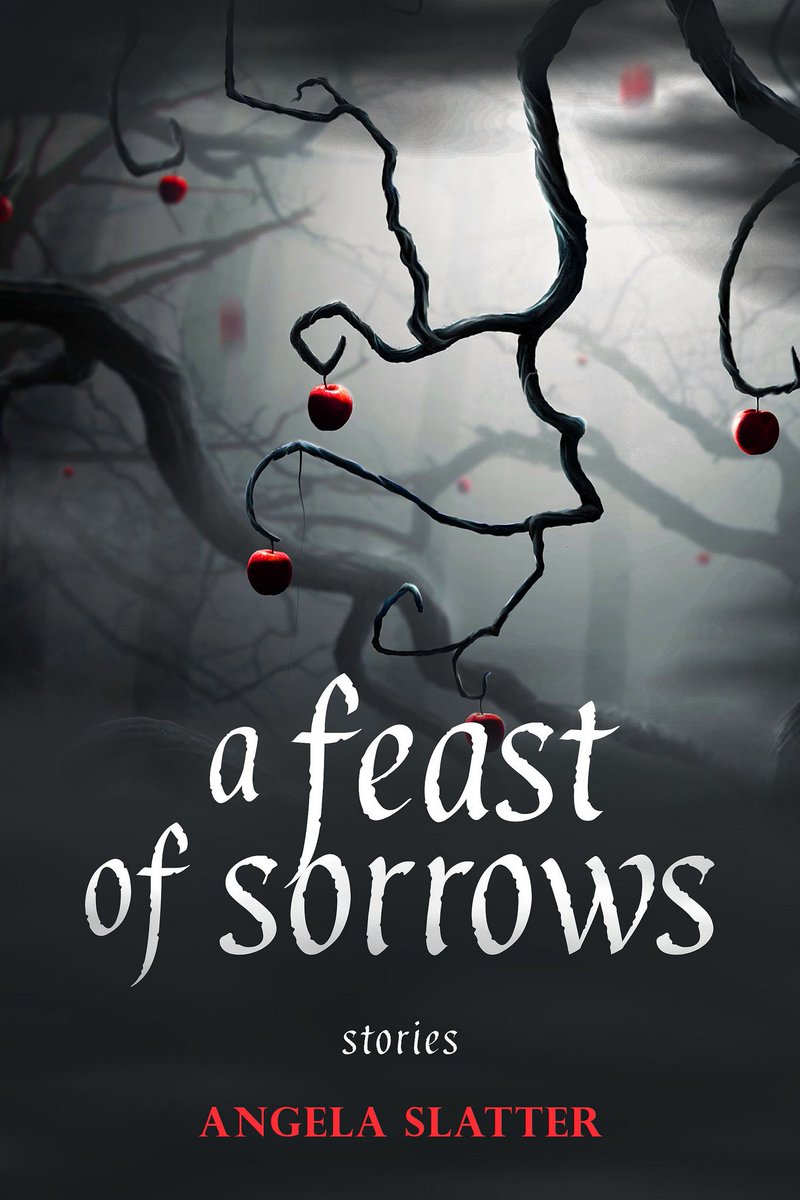
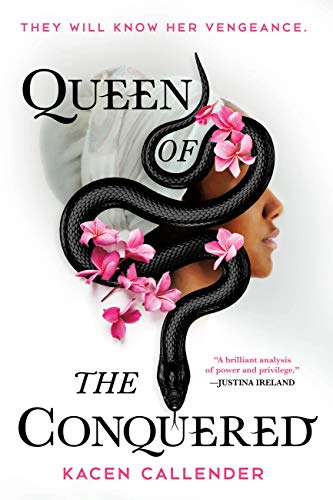
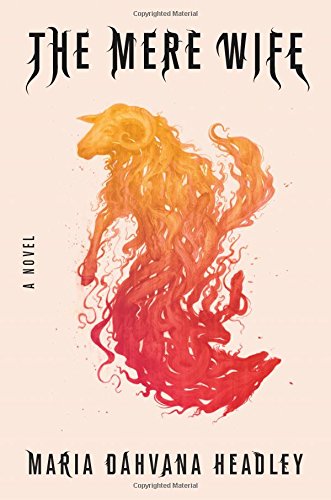



Connect with the Sirens community
Sign up for the Sirens newsletter